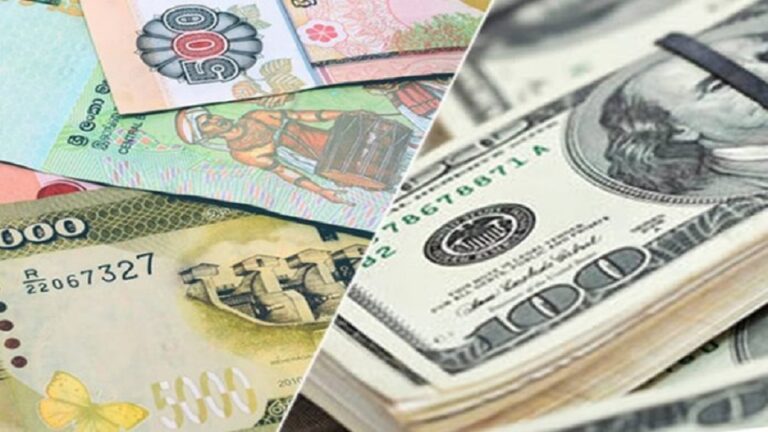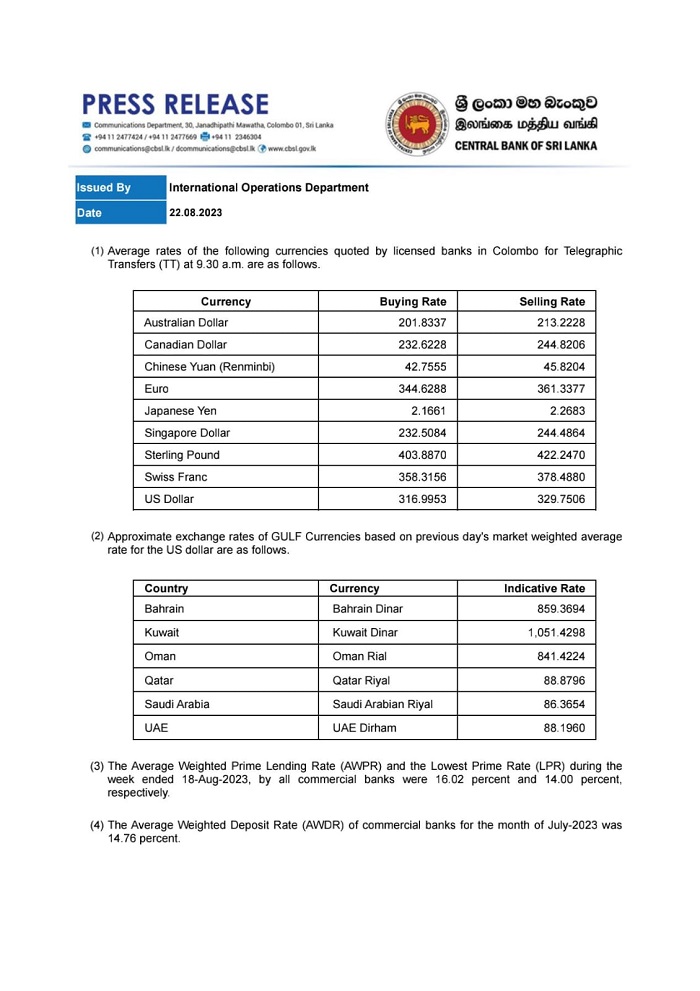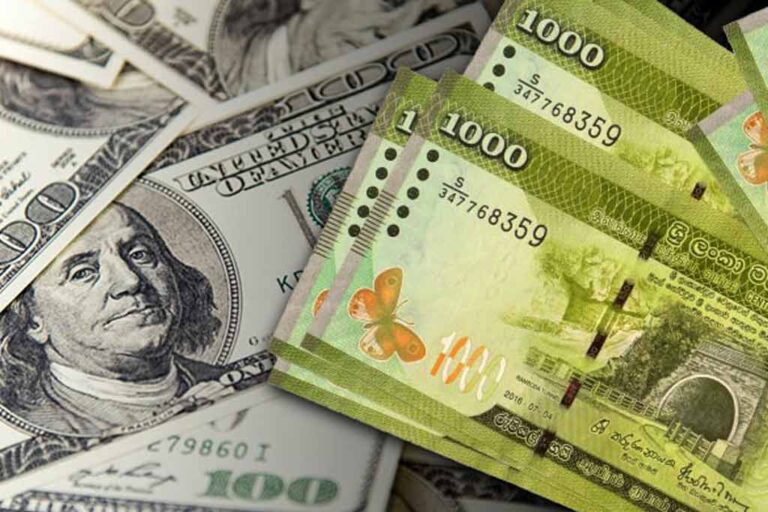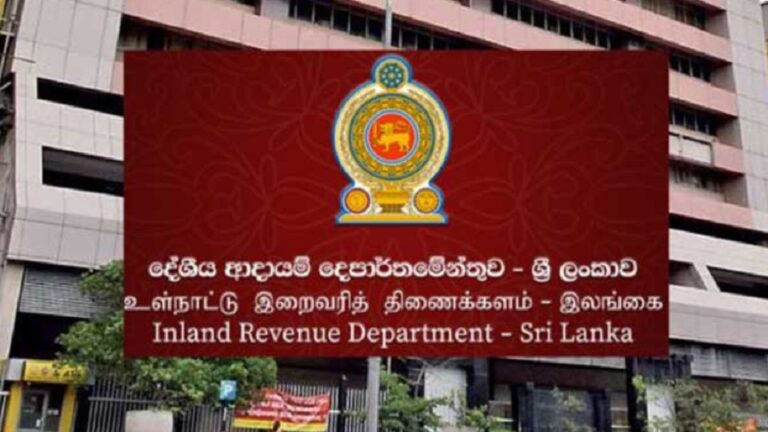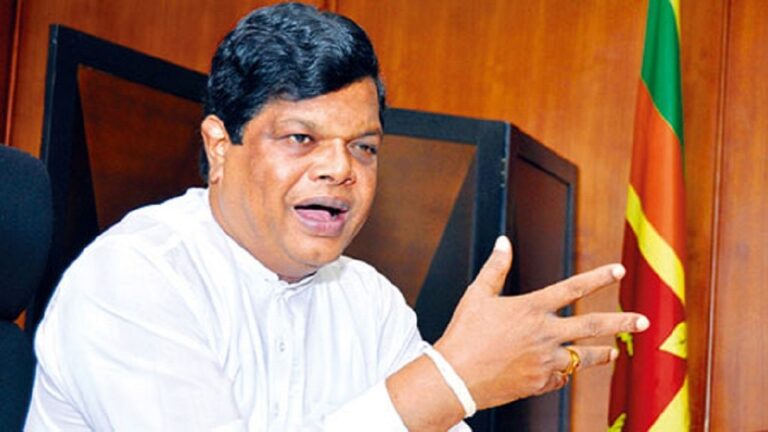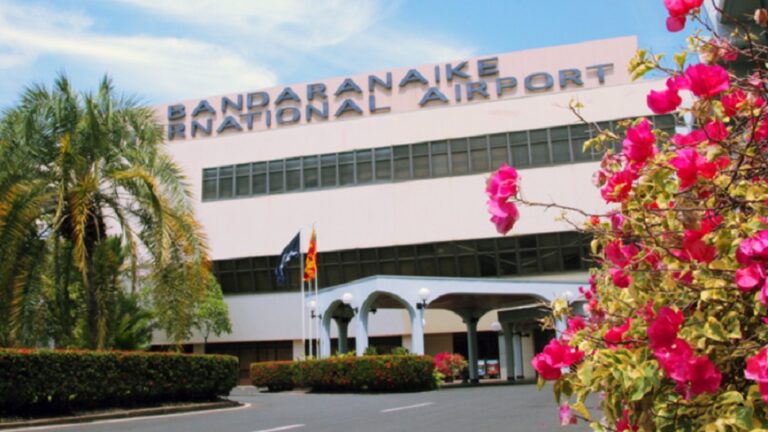Colombo (LNW): South Asian Badminton Championship ended today in Nepal by adding 7 gold medals and 5 silver medals to the 2 gold medals that the Sri Lanka already had in hand by the grace of Under 15 and 17 sportspeople. In the final 10 matches that was held today, 8 included Sri Lankan sportspeople. Amongst those 8 matches, only Thidasa Weragoda who represented the Under 15 final match was lost a gold medal. His score went 21-16, 12-21, 21-17 as he was defeated by Sifath Ulla of Bangladesh.
What should be primarily focused on are the challenges that Sri Lanka might receive from Men’s Badminton in South Asia rather than victory itself. Notably, Bangladesh captures a major role in the list. It is significant to make a proper and efficient plan at this moment so that Sri Lanka could dominate an International Badminton culture such as in India and challenge the rest of the world as per the dreams of many Badminton lovers on the other side of the net.
Not just the losing of gold in both Individual and dual match of Men’s Under15, Sri Lanka wasn’t even qualified for the final of the Dual Match. Even in Men under 17, a sportsman wasn’t selected for the Individual finals.
The most noticeable sportswoman was arguably Ranithma Liyanage. She demonstrated her strong standard in the National level and won all three championships in Women Individual, women Dual and Mixed Dual in Under 17 category. In Under 15, Nethmi Rathnayake was also the recipient of all three championships.
This matter should be discussed more broadly. Victory is a reason for happiness. But Sri Lanka’s plan is to create a professional situation to surpass India in short time period although it is quite difficult. The investments the President of Badminton makes so Badminton would be exposed to an esteemed cultural background of economical attraction with world exposure, aren’t small either. Now, if these investments are to be successful, the Badminton management should identify its revolt against contrasting opinions should be stopped upon generic, justifiable note and without personally attached agreement. If the revolt arises out of love for Badminton, it should also be stopped before going against the management for the benefit of longevity of the Sport and its success.
It is unfortunate that it is quite common to find respective characters within the Management working against each other forever within Sri Lanka. That is why the cart which is pulled towards victory resemble bulls on both the front and the back. If these multi talented individuals work in unity and agreement with planned procedure fir the betterment of Badminton in Sri Lanka, except for the vultures who with greed dreams to predate on lion and tiger meat, once in a lifetime occurrence, Sri Lankan Badminton would have a swift and smooth motion forwards.
The Nepal championship discussed how Sri Lankan Badminton is being pulled towards two sides. Thus, it is important to find the causes fir defeat and the paths to turn them to victories just as much as it is important to celebrate victory.
Some sturdy individuals are rolling a huge boulder while another group of sturdy individuals are criticizing the action. And some other party who perceives the self interest and benefit it receives by keeping the two at opposing ends, is between the two groups poisoning their minds and causing ruckus. If this truth is properly observed in regards of Badminton, it is not hard to decide the next course of action.
Let’s win!
Think about how we were defeated!
Plan the pathway to victory!
Try to be new for everyone involved!
While wishing the winners heartiest congratulations at the end of the Nepal Championship, this is us reminding the authorities how imperative it is creat a winning standard for Badminton as a National sport.
To see the scoreboards of the final matches, see…

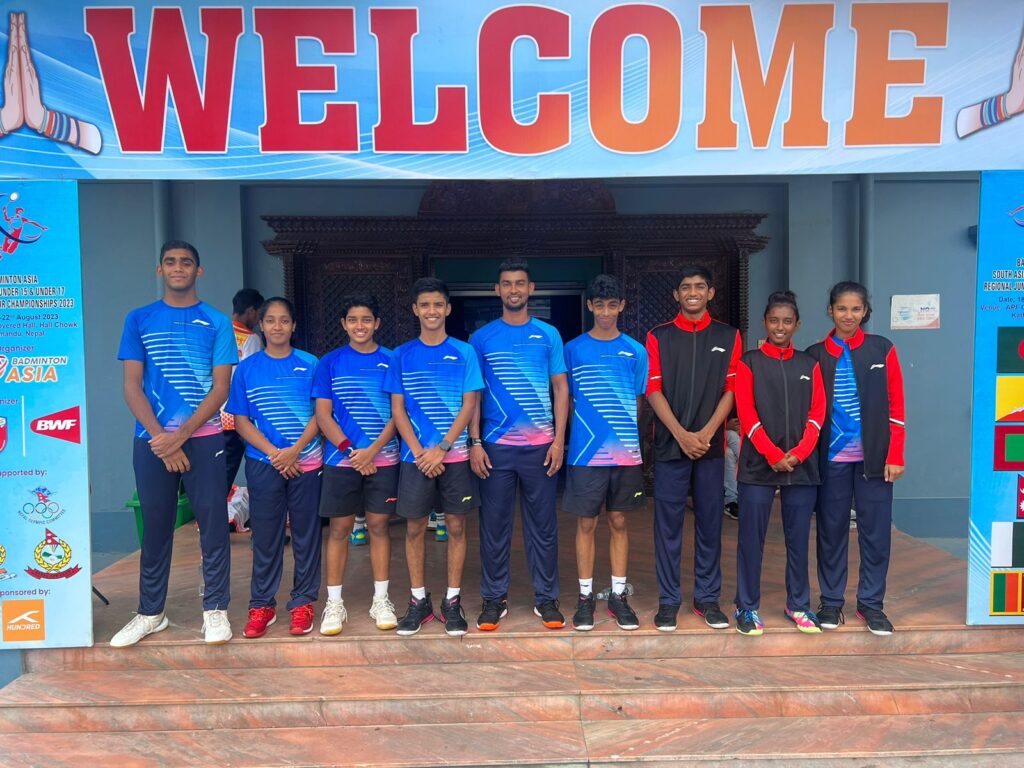
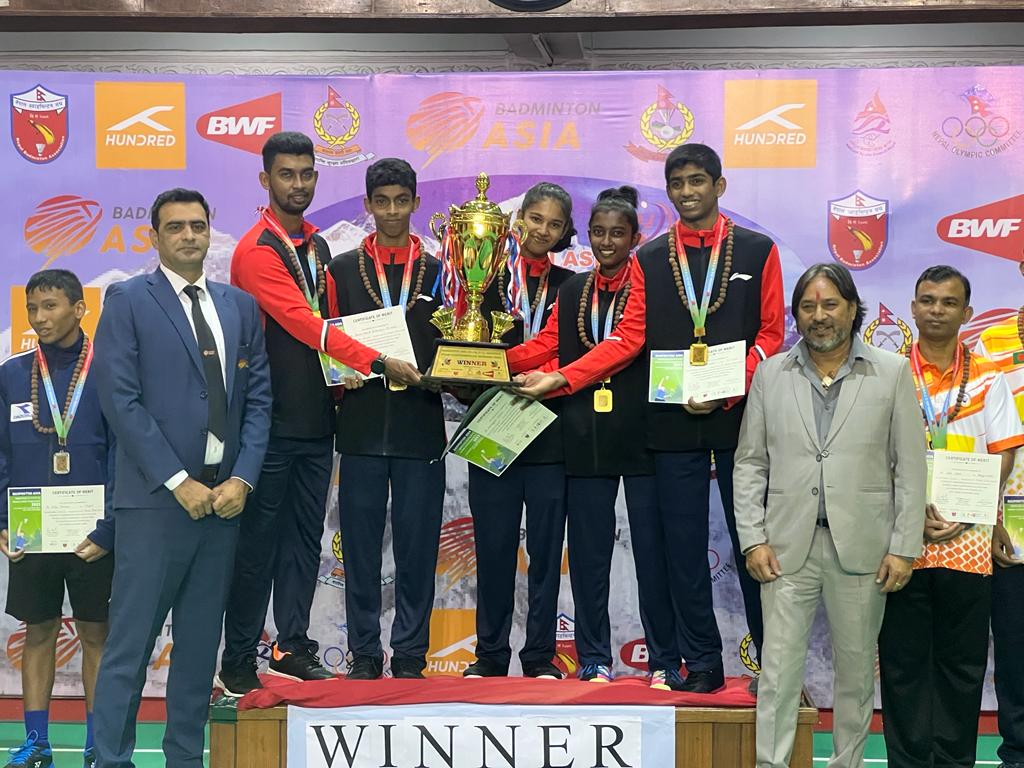
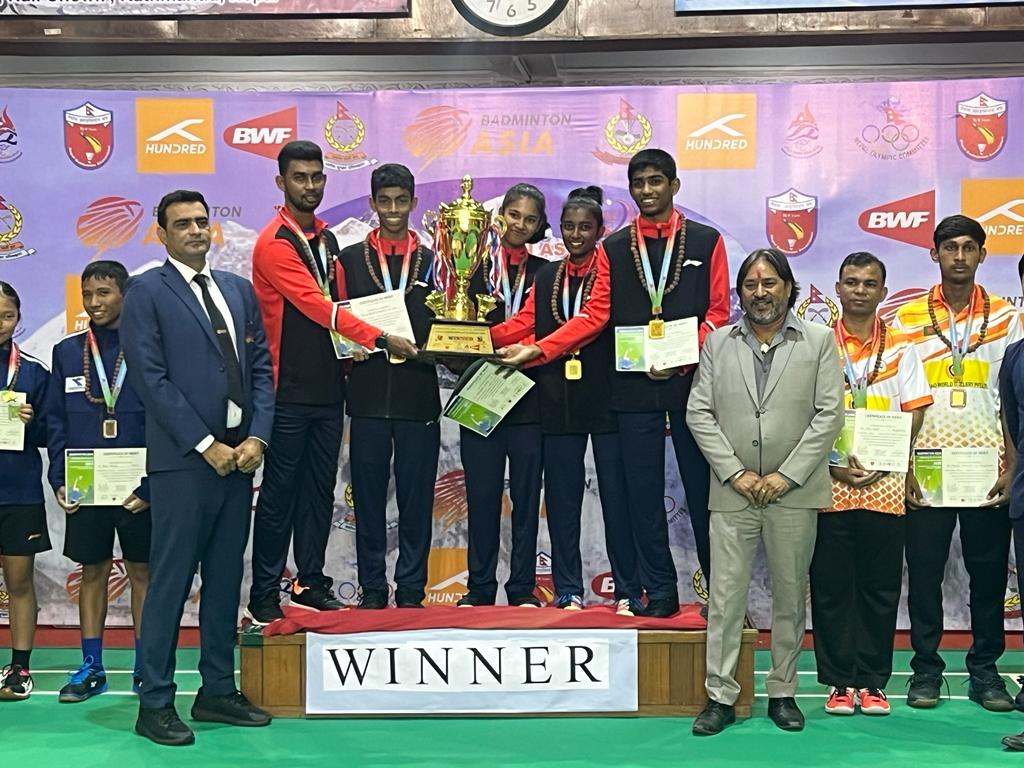
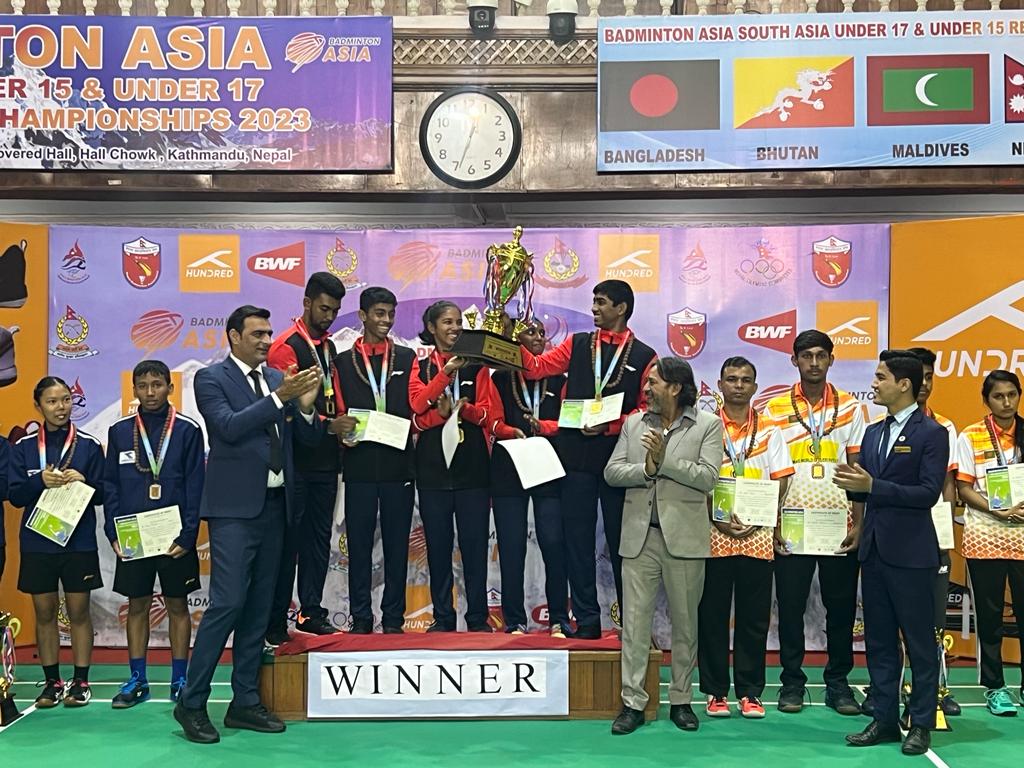
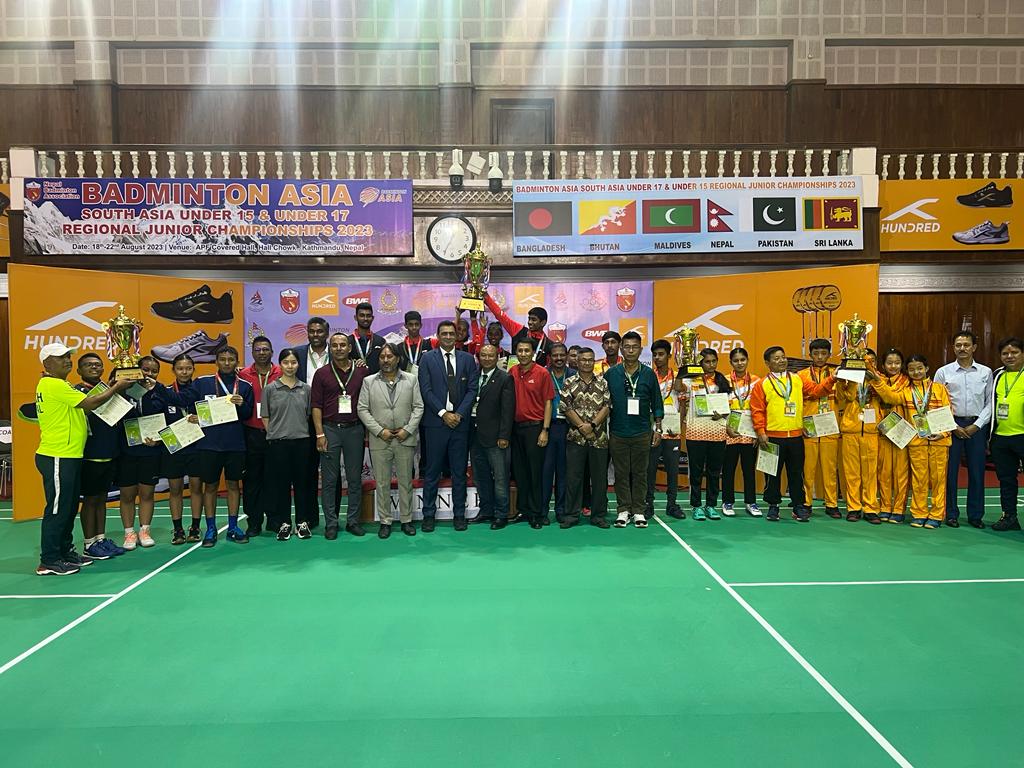
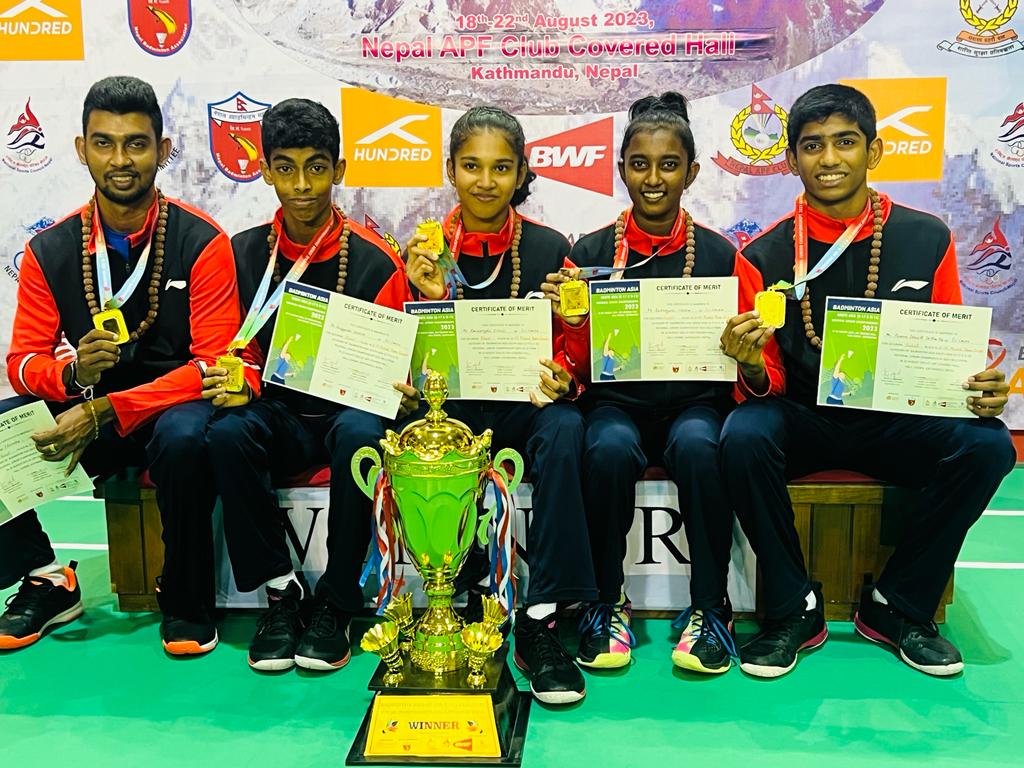

Translation: Kavodi Kulunumini






